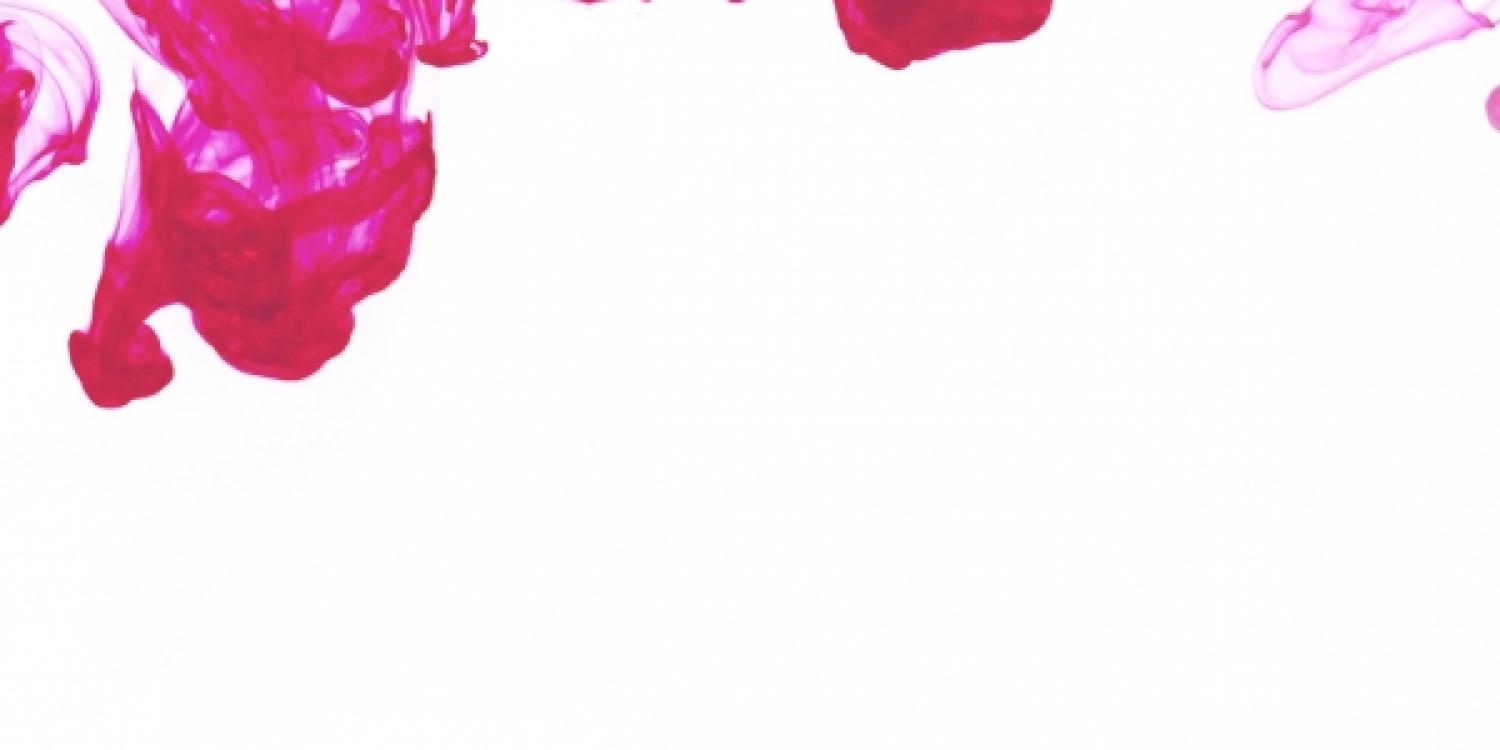Solution dye for polyester

Information
Experts estimate that up to 11 % of the 'cradle-to-factory gate' carbon footprint of a 100 % polyester ladies top, for example, is due to the yarn dyeing stage. Coloured polyester fibres may be more expensive than standard uncoloured ones since they include the cost of dye pigments added before the extrusion process. However, by eliminating this wet dyeing process, money is saved on water and chemicals, and energy savings are also achieved.
Solution dye (otherwise known as dope dye or spin dye) is a one-step process in which dyes – in the form of colour chips – are added to the liquid chemical solution before it is extruded into long fibres. The colour is locked into the solution and the fibre has superior colour consistency compared to other dyeing methods. It is a known commercial technology that can be found across the synthetic textiles supply chain and eliminates the need for a wet dyeing process at the yarn stage.
Solution-dyed fibres are some of the most colourfast in the industry. As the colour goes all the way through the fibre, it is nearly impossible to fade or bleach the colour from the fabric. The textiles industry is showing renewed interest in solution dyeing of synthetic fibres because of its environmental impacts and resource savings. Significant energy and wastewater savings are achieved (in some cases no wastewater is produced) as well as a reduction in carbon emissions.
It is possible to use a wide range of colours, but high colour volumes have traditionally been difficult due to the required fibre extrusion minimums. Solutions include working from stock colours in yarn dyed applications, and collaborating across businesses to form alliances on core key basic colours to drive the industry forward.
Benefits
-
Colour is distributed through and locked into the fibre resulting in superior colourfastness to chemicals, washing, water and light
-
A wide range of colours is available
-
Colour reproducibility and uniformity
-
Water and chemical savings are achieved
-
Energy savings
-
Reduced C02 emissions
WRAP Clothing Knowledge Hub, http://ckh.wrap.org.uk/colouration/solutionDye?breadcrumb=Explore+by%3A…
WRAP Valuing our Clothes report, http://www.wrap.org.uk/sustainable-textiles/valuing-our-clothes
WRAP, July 2012, A Waste Footprint Assessment for UK Clothing, http://www.wrap.org.uk/sites/files/wrap/Appendix%20VI%20-%20Waste%20foo…;
Suppliers
Nylon & Polyester Solution Dye
Polyester Solution Dye
Further reading
WRAP Report: Water and chemical use in the textile dyeing and finishing industry, http://www.wrap.org.uk/sites/files/wrap/GG062.pdf
WRAP Report: Understanding the impacts of wet processing; Dyeing, http://ckh.wrap.org.uk/upload/pdf/Understanding%20wet%20processing_dyei…